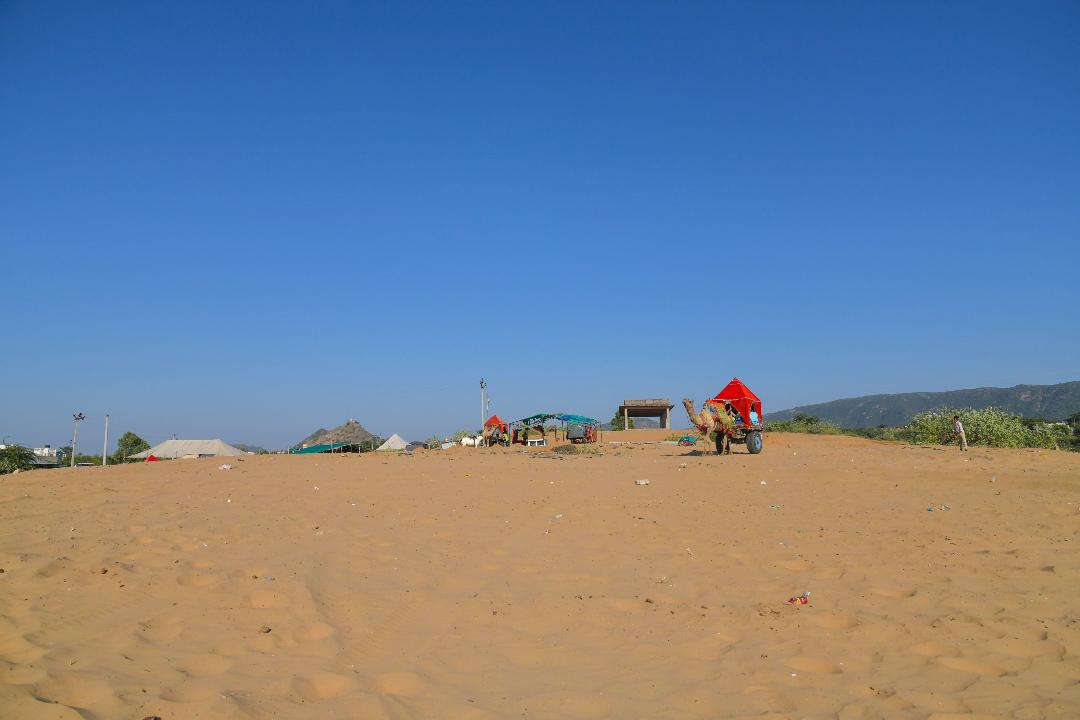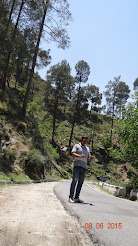Philosophy is a waste?

Since very long, philosophers wandered to sift the flow of philosophical treatises and legate all in a tune of homologous to make sense of the subject ‘Philosophy’. Certainly, scientific approach left less space for philosophical thinking in the field of metaphysics and therefore chanting those old treaties with different intentions and contradicting their senses made no use of this very old system of thinking and reasoning to prevail further. What philosophy these days left is learning and repeating the contradiction made out by the opponents. In India philosophy means, the dualism of Samkhya, The atoms of Nayaya and the Maya of Shankar. Hindu Philosophy, in its development of thousands of years, witnessed the expansion of mankind and growth of different civilizations and also fought vigorously against dogmas and superstitions for the betterment of mankind, absolutely alone, in the absence of science and its approaches, it moved further and provided life of wisdom. There were ...





